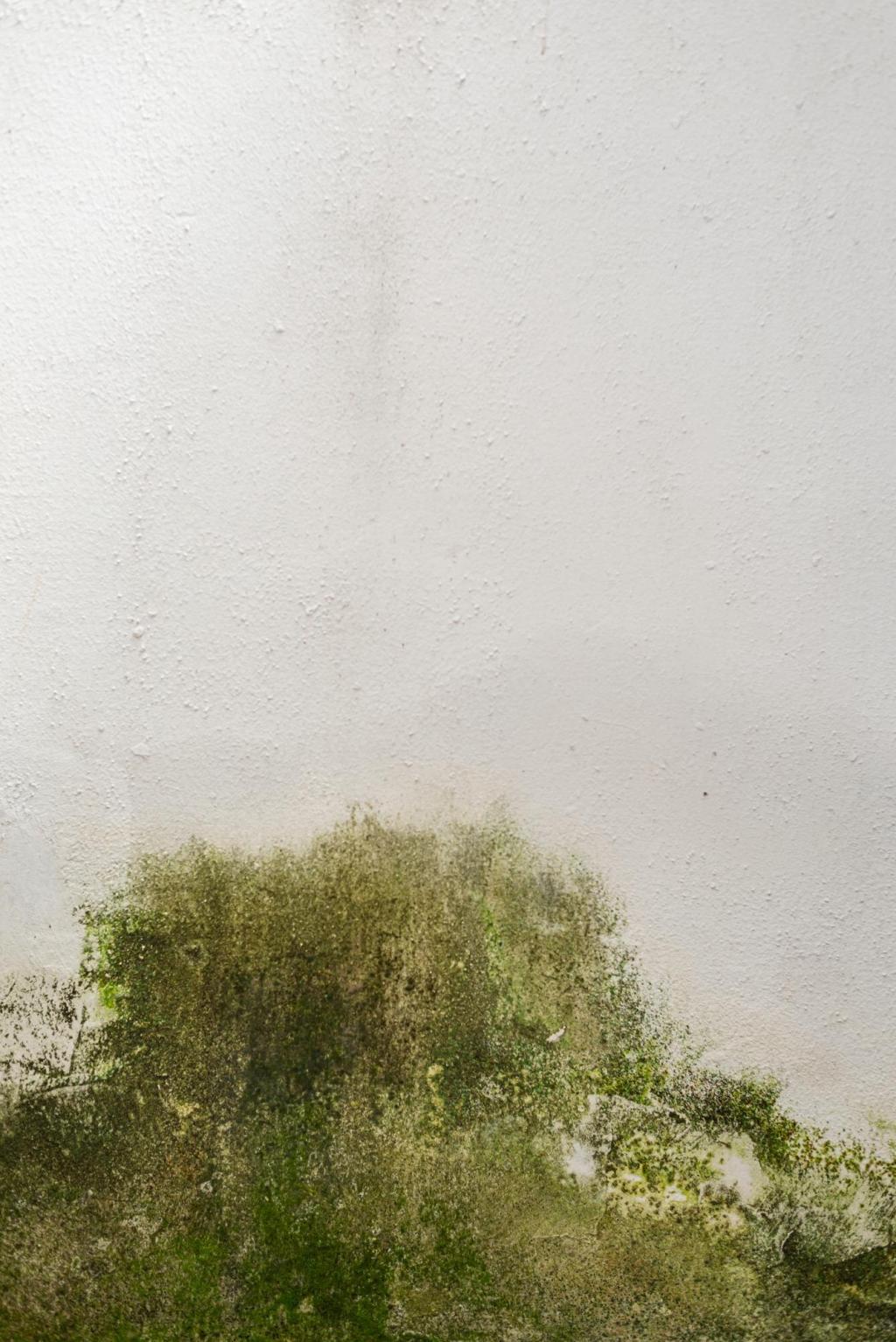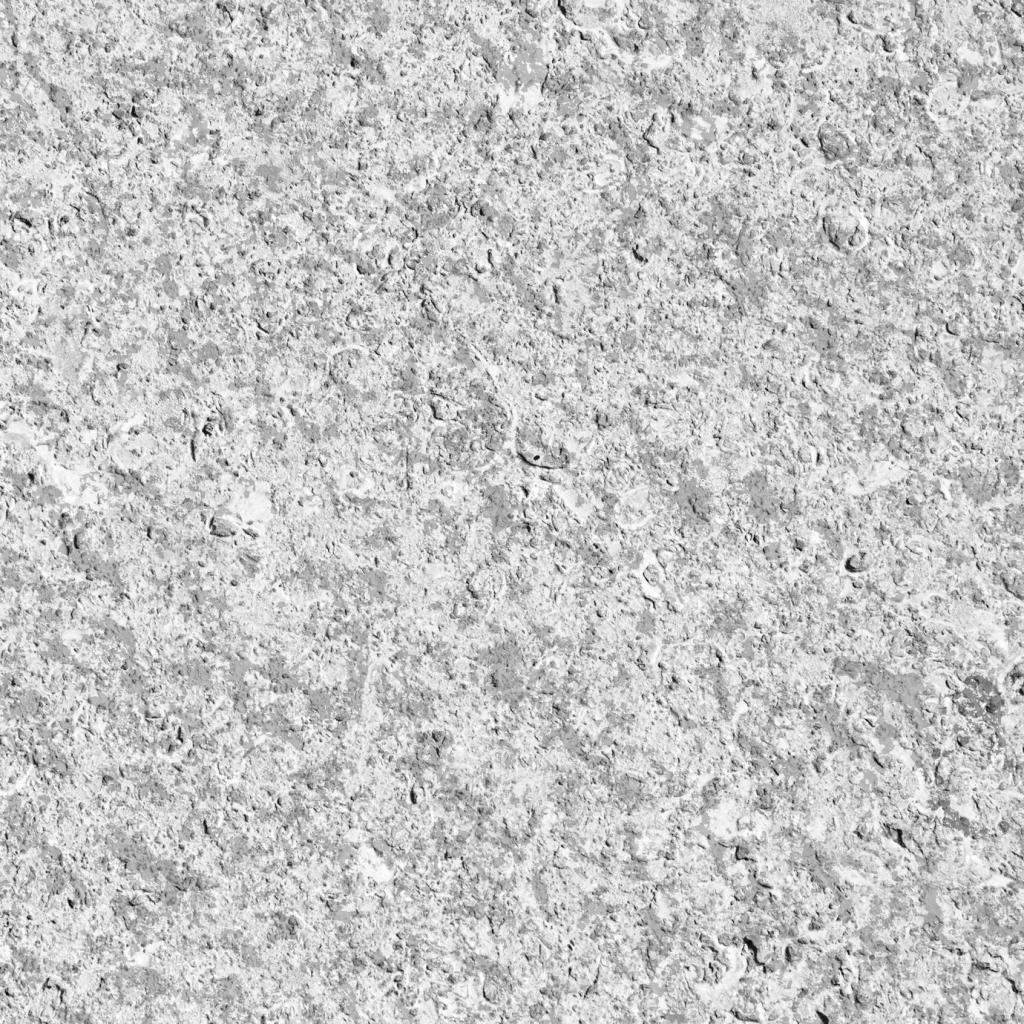Natural Fiber Carpeting for Sustainable Living
Step onto softness that respects the planet. In this home-focused guide, we explore how natural fiber carpeting can turn everyday rooms into healthier, cozier, low-impact spaces without sacrificing style. Expect practical tips, heartfelt stories, and design ideas you can act on today—plus gentle nudges to share your experiences and subscribe for more eco-friendly inspiration. Chosen theme: Natural Fiber Carpeting for Sustainable Living.
Why Natural Fiber Carpeting Matters
Natural fiber carpeting draws from renewable materials like wool, sisal, jute, seagrass, and coir, reducing reliance on petrochemicals. Lower VOCs support healthier indoor air, while biodegradable components and responsible sourcing minimize end-of-life waste and overall environmental impact.
Many natural fibers release fewer harmful emissions, helping households sensitive to synthetic off-gassing. Wool can buffer humidity and reduce noise, while plant-based weaves keep dust down with firm texture. Tell us how indoor air quality shapes your flooring choices.
After replacing a synthetic carpet with a wool–sisal blend, a young family noticed quieter evenings and fewer musty odors. They saved offcuts for door mats and admired the warm, earthy tone. Share your before-and-after stories to inspire other readers.





Installation and Underlay: Building a Greener Foundation
Low-VOC Adhesives and Alternative Methods
When possible, opt for tack-strip or clip systems that minimize adhesives. If adhesive is necessary, choose low-VOC formulations and ventilate well. Reduced off-gassing supports sustainable living goals and improves indoor comfort for sensitive family members and pets.
Choosing the Right Underlay for Comfort and Longevity
Natural felt or recycled wool underlays enhance softness, insulation, and acoustic control under wool carpets. For plant fibers like sisal, consider firm natural rubber to stabilize the weave. Ask about your room’s needs so we can suggest an ideal underlay.
DIY or Professional Installation: Finding the Sweet Spot
Complex stair runners, patterned seams, and tight thresholds often benefit from experienced installers. Simple rugs and small rooms can be DIY with careful measurements. Share your project scope, and subscribe for our step-by-step checklist in an upcoming guide.

Care, Cleaning, and Long-Term Value
Vacuum with a brushless suction head to protect fiber loops and reduce particulate buildup. Capture grit at entries with tough coir mats. Rotate rugs seasonally for even wear. Share your cleaning cadence to help other readers refine their routines.
Care, Cleaning, and Long-Term Value
Blot, don’t rub. Use pH-neutral cleaners for wool and avoid excessive moisture on sisal or seagrass. Dry spills quickly with airflow. Tell us your toughest stain story, and we’ll crowdsource solutions from subscribers who’ve conquered similar mishaps.
Budgeting and the True Cost Over Time
Wool often lasts decades in bedrooms and living spaces with routine care, while sisal excels in medium-traffic zones. Consider total cost of ownership—purchase, installation, care—over sticker price. Share your budget, and we’ll suggest a fiber and weave match.
Invest in a quality underlay for comfort, insulation, and longevity. Save by choosing area rugs for flexible spaces and using remnants for closets. Tell us your priorities, and we’ll recommend a practical plan grounded in sustainable living goals.
Look for low-emission labels and responsibly sourced fibers that align with healthier homes. Some projects may qualify for green building points. Comment with your region, and we’ll gather relevant programs in a future, subscriber-only resource.
Room-by-Room Guidance for Natural Fiber Carpeting
Living Rooms and Bedrooms
Choose wool for softness, noise control, and warmth underfoot. A low-shed loop or berber can balance comfort with resilience. Neutral tones harmonize with evolving decor. Post photos of your space, and we’ll suggest complementary bindings and textures.
Kitchens, Entries, and Utility Spaces
Use coir at entries to trap grit and seagrass runners where occasional splashes occur. Avoid heavy moisture on plant fibers. Try modular rugs for flexible cleaning. Tell us your traffic patterns for targeted suggestions that uphold sustainable living.
Hallways and Stairs
Select sturdy sisal or dense wool runners with secure nosing. Add natural rubber underlay for traction and comfort. Consider muted patterns to disguise wear. Share your staircase width and style, and we’ll provide safe, stylish configuration ideas.
